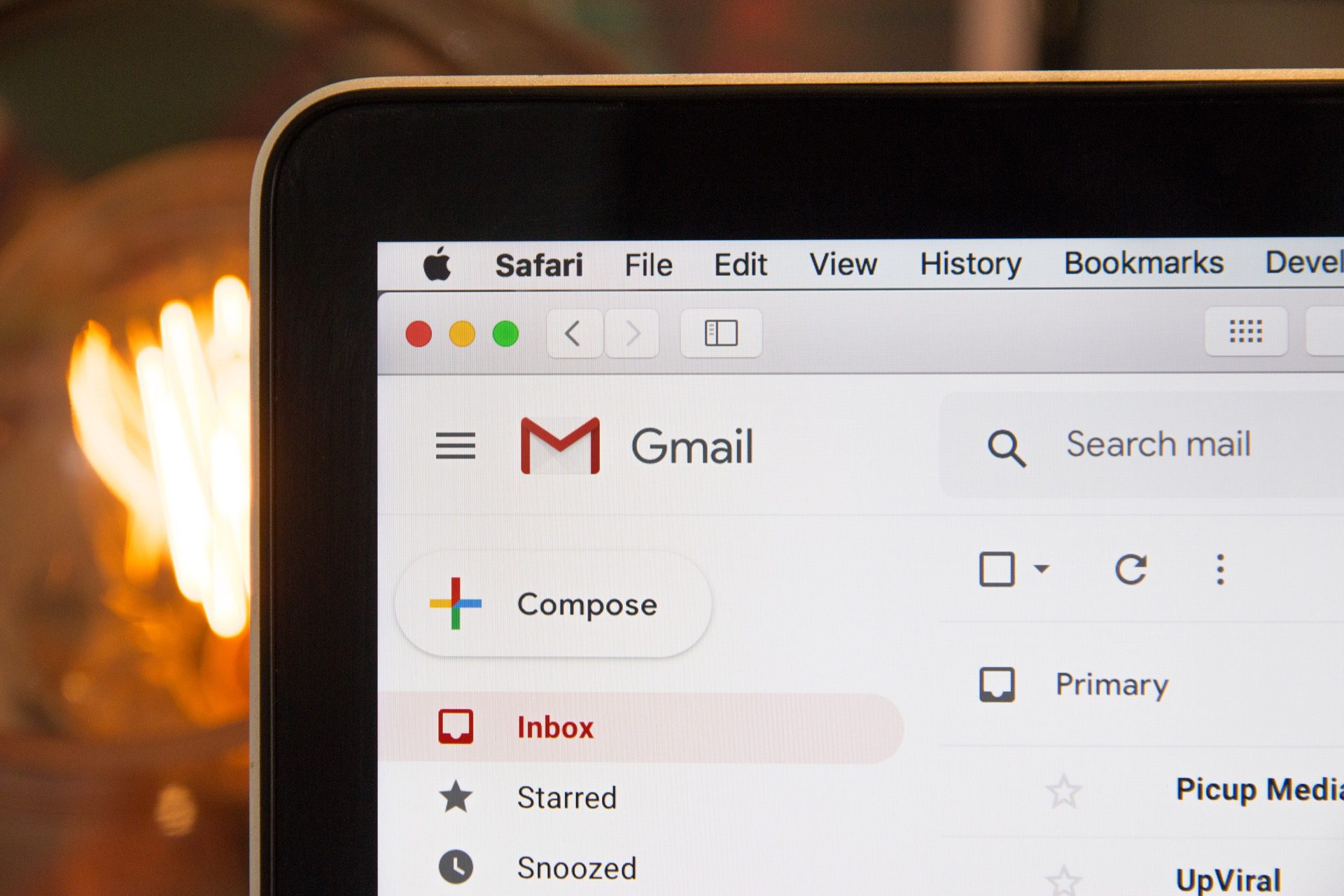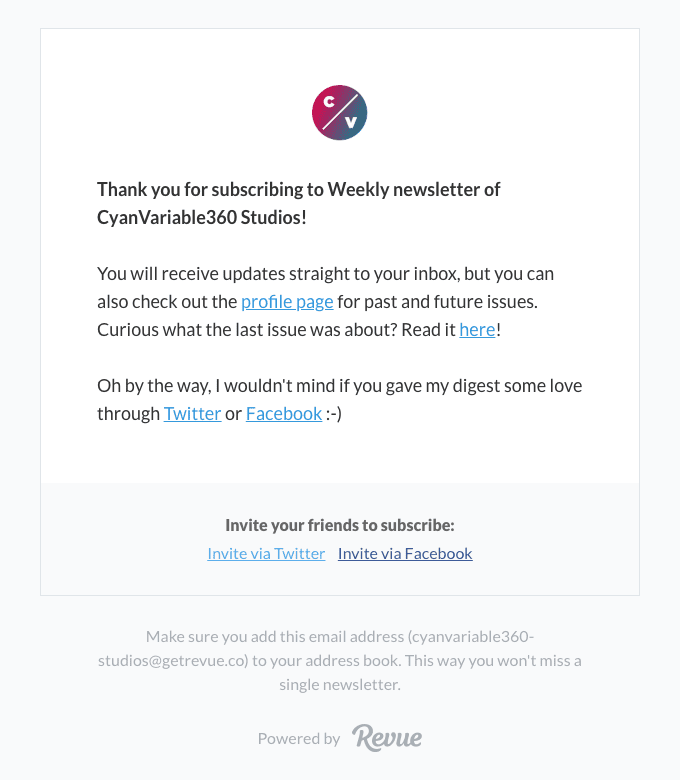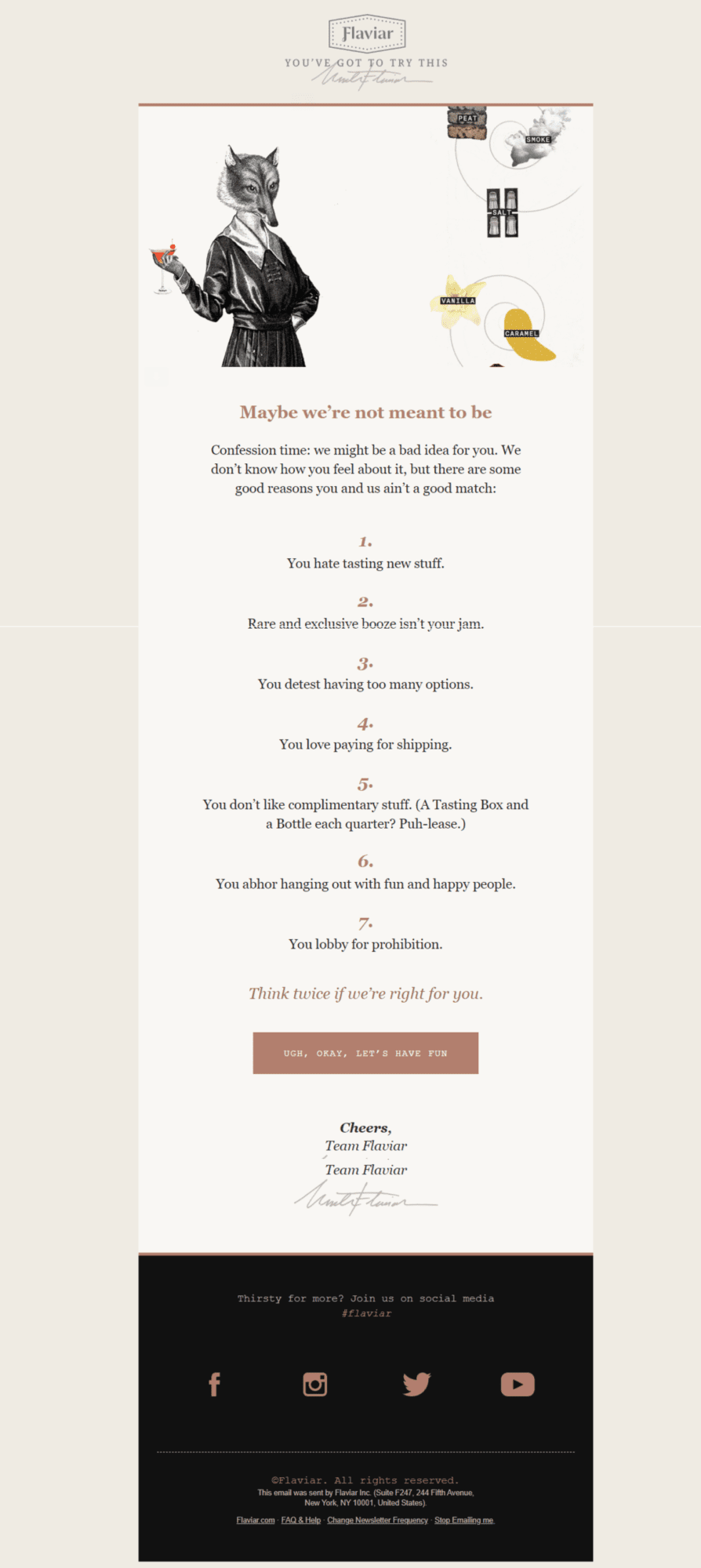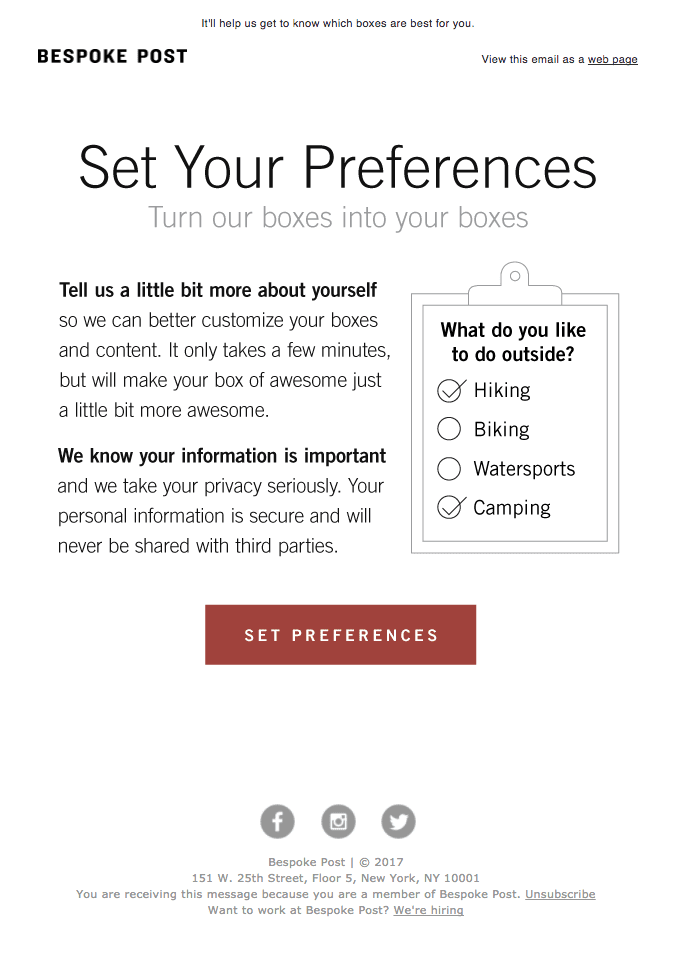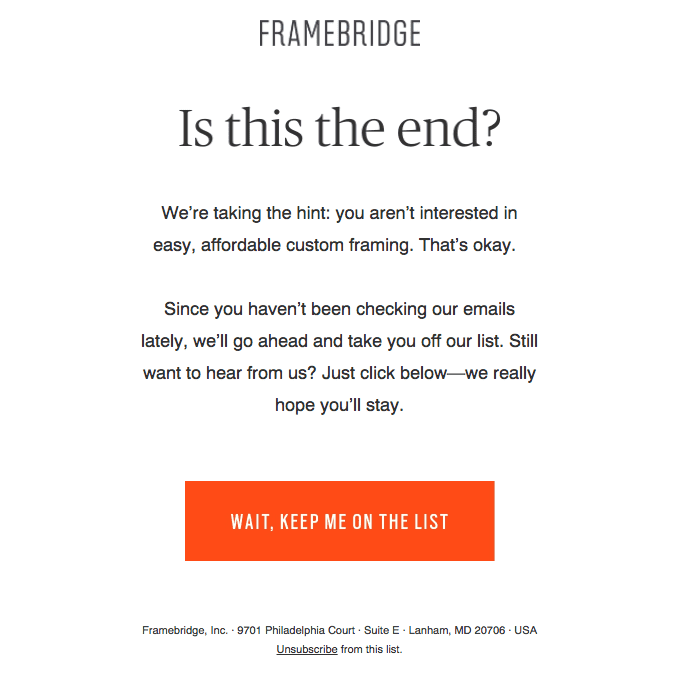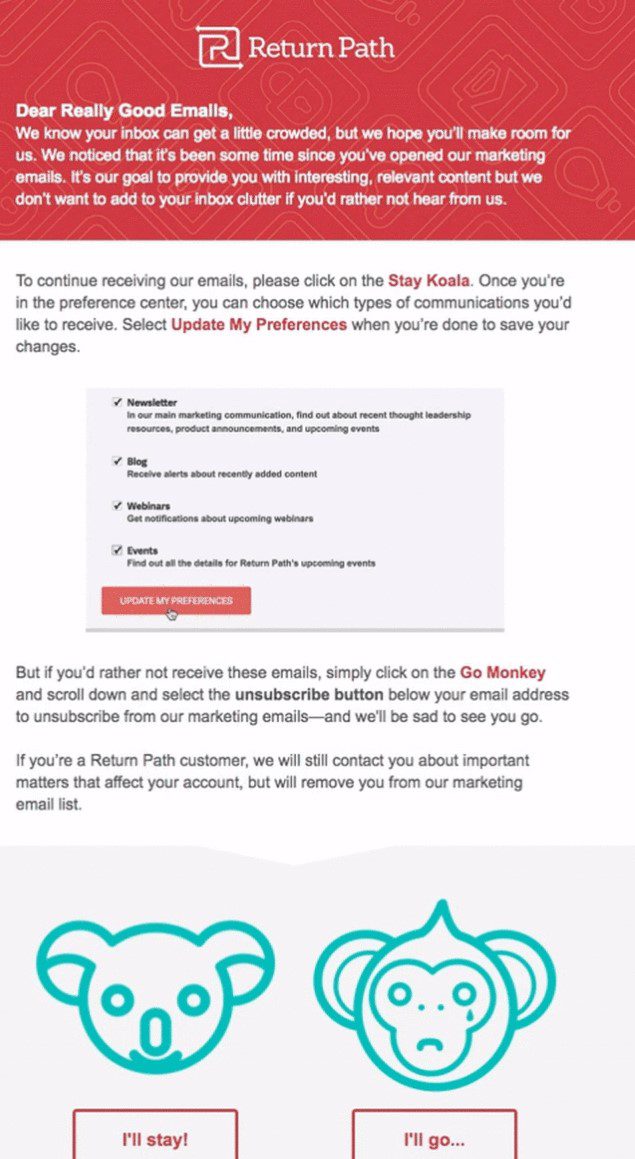June 1996. I remember it so clearly, even though I was still a child: opening up the first personal computer for our family. After spending hours putting the thing together, my dad fired it up and the iconic four colors of the Windows logo appeared miraculously on the screen.
Shortly after I remember my father on the phone with my grandfather, talking about a new way to communicate called “electronic mail.” Eager to see how it worked, my grandfather sent us one of these electronic letters and, sure enough, a message came in that read “Did you get this?” in the subject line. Thus, my life with email was born.
Now, over 20 years later, I hate emails. I’m not talking about the emails from your mom asking why you haven’t called, or the email from your buddy about playing golf on Sunday. I’m talking about coming in on a Monday morning, sitting down, firing up your computer and getting berated with a barrage of ineffective emails.
Emails from companies trying to persuade you to check out their product or service, but neglecting to engage or educate you as a consumer.
No one wants to be that person sending emails that aren’t resonating and getting blacklisted to the spam folder. Rather, we want to be that company that sends out relevant, helpful, and engaging emails that our subscribers actually look forward to reading.
In order to get there… you must start here, with these basics.
1. Get their permission
While this might seem pretty obvious, getting permission from users to email them is critical. We’ve all ended up on email lists for companies we’ve never heard with websites we’ve never been to. The first thing I do is report them as spam, and that can be the death of any email campaign.
If your signup form says something like “sign up for our newsletter to get tips weekly” the user clearly understands what they are getting. But if you have a general contact form on your website that also adds people to your email list, you’re going to want to make sure it’s clear people are also getting put on your email list. You’ll also want to give them the option to opt out.
Not only is this the respectful way to grow your list, it is also becoming law.
While GDPR was passed in Europe, it applies to any organization that offers “goods or services to EU data subjects.” [read: anyone who can access your website and get on your email list, even if you don’t sell goods in the EU, you are still giving away information to its citizens.]
Get the skinny on GDPR here.
2. Let them know what they signed up for
Cue in the welcome email. Whether or not you’ve noticed, chances are you’ve gotten a welcome email. This is that nearly instant email you receive after signing up for an email list.
The goal of this email is to set expectations. You want to let people know what they have signed up for, let them know what to expect going forward, and offer them something (or things) of value. These emails can be designed with graphics or a regular ol’ plain text email.
The style of email you choose to use should reflect your branding and match your other marketing efforts.
The anatomy of a good welcome email
- Quick and easy to read
- Give readers next steps to take
- Include helpful resources
- Include a call to action
A few great welcome emails curated by Really Good Emails
These emails do several things
- Offers up something of value right away
- Builds trust
- Gets the user back on your website
- Acts as an introduction to your team
3. Allow people to identify themselves
Serving up the right content to the right people requires a little knowledge about who they are. There are a handful of different ways to collect this information and depending on the tools you use for your emails and sign up forms you’ll have a wide variety of options.
But the simplest way to get people to identify themselves is to ask. On the sign up form you can add a question such as ‘job title’ or if you’ve got buyer personas written out you can make the user select which persona they identify with.
What you ask will depend on your business and what information is most valuable to the marketing team.
Users are more inclined to offer up personal information if they know they will get better, more targeted information, so don’t be afraid to ask.
4. Get Personal
Getting people to identify themselves is the first step in allowing you to serve up personal content. And I’m not talking about a custom crafted email to all 5,000 people on your list.
But I am talking about personalization based on what you learned by asking them about themselves. The more you can learn about your readers, the more you can segment your list and give each person a better experience (and hopefully, help you sell more).
What might this look like? If you ask people for their job title, you can group these by entry level, senior, and C suite levels. The content you send out can be tailored to each level. As an entry level person, they might want more ‘in the weeds’ information like how tos, tutorials, and the nitty gritty details on how your product or service works.
On the flip side, C suite execs don’t want to see how-to videos on creating the perfectly optimized Facebook ad. They want to see something like ‘how Facebook ads can increase your revenue.’
To keep people opening, reading, and clicking links in your emails you want to serve up the right content to the right people.
How to Get Personal
Segmenting your list can happen in a variety of ways but ultimately depends on the tools you are using.
If you are using a more sophisticated email marketing automation tool and CRM platform combo, you’ll be able to start segmenting users based on actions they take on your website and what content they interact with.
At Engenius, we use SharpSpring, a CRM/marketing automation tool combo that allows us to organize people by which service they are interested.
But if you are in the beginning stages of your email marketing endeavours, simpler (and cheaper) platforms can offer a degree of audience segmentation.Mailchimp allows you to assign tags to users who meet certain criteria, which is a great way to get started segmenting your list.
Building segmented lists takes time so be patient. You first have to identify the type of information you need to segment, then you must put actions into place to get this information. Whether it is a question on a signup form, or a more sophisticated way of tracking and scoring the types of information the user engages with, you’ll want to consult both the marketing and sales team.
5. Re-Engage the Unengaged
No matter how hard we try, we will always end up with people on our email lists that stop engaging, stop opening, and stop reading our content.
They don’t opt-out, but they aren’t interested in what we have to offer anymore. But that doesn’t mean it’s time to purge the email list. Quite the opposite–it’s time to re-engage them.
You might not have heard the term re-engagement email before, but you’ve probably gotten one. These emails tend to be a bit blunt, calling out the fact that you haven’t opened their emails in a while, and asking you to either tell them what you’re interested in or offer you something for free.
A few re-engagement emails curated by Really Good Emails
There are a few different types of re-engagement emails:
- Incentive Email – coupon, discount, promo, or free trial
- Feedback Email – asking the user to identify what content they want to read
- Opt-Out Emails – simply asking people if they’d like to remain on your list and giving them a quick and clear way to opt out.
How to best craft a re-engagement email could be it’s own half-day seminar. But a few tips of advice to get you started:
- Keep within your brand voice and guidelines, don’t get too witty or too apologetic, keep within your brand standards.
- Whichever type of email you go with, keep it simple and provide only one call to action (you don’t want to confuse the user and give them multiple actions to take that don’t result in you getting the main piece of information you want)
- Don’t be afraid to test one or two styles of emails and see which works better
- Remind them of your value and what they could gain from your emails
7. Analyze everything – and do it often
How do you know when people are engaging with your emails? By looking at historical data. If you already have some kind of email campaign going, you have historical data. Every halfway decent email marketing tool should offer you some analytics.
Start by looking at open rates but don’t stop there. Look at click through rates too, as this will tell you not just when people open but if people are interacting with your content.
For a long time, Engenius was optimizing for open rate, not click through rate. This meant that sending an email at 8pm on a Thursday night gave the appearance of a successful email. We had a ton of opens.
But our click through rates were abysmal. We started playing around with send times, and found that sending them during working hours gave us a slightly lower open rate, but a much higher click through rate.
To us, this meant that people had the time to click the links and read our articles and that meant a lot more to us as a KPI than just the open rate.
We took two year’s worth of data (looking at send times, headlines, open, click, and unsubscribe rates) to audit our emails and pivot our strategy.
You don’t have to wait to years, but you don’t want to make huge shifts every month. Give yourself time to collect enough data to make informed decisions.
Like every other aspect of marketing, emails involve content testing, tweaking, and adjusting, but by following some basics, you can get people to love your emails.
Start the Conversation
Interested in learning more about how to market your company?
